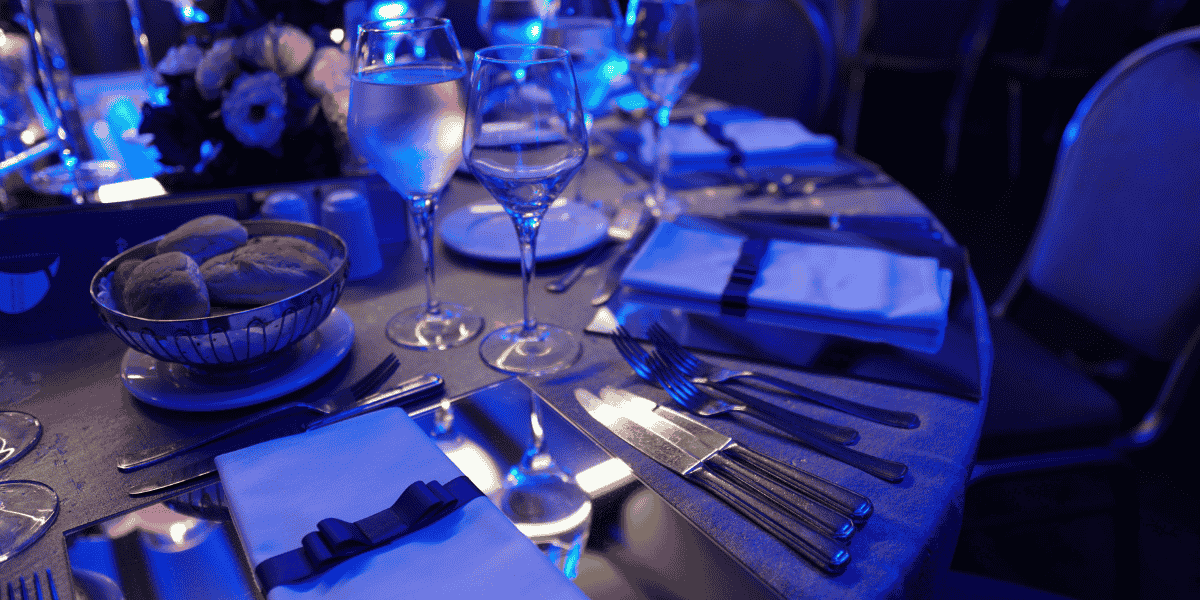
How to grow your nonprofit’s events with digital advertising
A nonprofit’s marketing efforts are often graded by the results of a single day: the annual fundraiser. It’s simply a part of the life of a nonprofit. Every day of the year matters, but those galas or fundraisers matter a little bit more.
If you want to know how to increase event attendance, you’re in the right place. Effective nonprofit marketing means meeting your community wherever they are. And there’s one place we’re confident you can find them — online.
We always think that multichannel marketing is more effective than going full steam ahead with one channel. And that’s why if you aren’t leveraging digital advertising when promoting fundraising events or galas, we think today is the right day to get started!
If you’re new to the world of digital advertising, it may feel daunting looking at all the different options. This is why we’re going to start with the 4 best digital ad campaigns that you can launch today. And we’re going to point you to examples of others who have used these technologies to boost their nonprofit event marketing efforts.
1. Steal from your friends
You’re not the only person doing good work in your community. There are likely a hundred other organizations that are making an impact — albeit a smaller one, wink wink.
So start building a list of events that you want your next event to look a little more like. Maybe other organizations have built effective local partnerships, and they bring in larger attendance than you every year. Well now’s the time to steal their hard-earned community!
Ok, steal isn’t the right word here because there’s plenty of generosity to go around. You’re ultimately joining with these other organizations in giving your community even more opportunities to build a better future together.
What we’re ultimately talking about here are geofencing campaigns, which serve digital ads to people who have visited physical locations. You know that people are interested in your mission if they’ve attended an event that looks a lot like your own.
Here are a few places you can geofence in order to boost awareness of your upcoming event:
- Local events: We already mentioned that you can share your local community with others. Think about places or events where a lot of your future supporters congregate.
- Airports: If you serve a lot of tourists, this is a strategic bottleneck where you can catch them.
- Churches and places of worship: If you’re a nonprofit who has a lot of donors from a specific religious community, then you may want to find other similar communities.
- Local neighborhoods: If you’re looking for a certain demographic, you can digitally knock on doors in specific neighborhoods without having to send out the whole team for the day.
- College campuses: Nonprofits need volunteers too. And college students are an excellent demographic to recruit to partner with you in the work.
The Japan-America Society of Washington DC is an excellent organization to look at when it comes to running a smart geofencing campaign. Their annual event takes place when cherry blossoms come out, and this tends to bring a lot of people out to the streets of Washington DC. So they serve ads to everyone who happens to be near their event while it’s happening.
Did the event you want to target happen in the past? No worries. In Feathr, you can still target people who visited a location in the recent past. So if that big event happened last month, you can still serve ads to those who were there. There’s always an opportunity in the land of digital advertising.
2. Serve ads to the people who are most likely to attend
I don’t telepathically know you and your event, but I still know exactly who’s most likely to attend your next event: people who have visited the registration page on your website.
If they didn’t register during that visit, it’s likely only a matter of time before they do. And what’s the best way to make sure it doesn’t slip their mind: the humble digital ad!
These campaigns are called retargeting campaigns, and they can serve ads to anyone who visits your website or even people who visited only a specific page (like the registration page if you want an ultra high conversion rate).
It’s hard to find only one example for this type of campaign because almost every nonprofit that has access to this technology uses it to good effect. But the American Association of Endodontists used retargeting especially well. By combining retargeting efforts with their print and email marketing, they brought in a total of $694k to their annual conference.
3. Serve ads to people who are searching for you
Are you taking advantage of the Google Ad Grant? If not, and if you’re a 501(c)(3), and not in education or healthcare, then apply today!
But after you jump into Google Ads and start spending that free $10,000 every single month, the next step is serving display ads to these same people who are searching for you in Google.
Search keyword ads are a cost-effective way to meet these people outside of the Google Ad platform. Display ad platforms know what people are searching for, and so you can follow people around the web, showing them ads about your mission simply by knowing their interests (and their search habits).
The Restaurant Association of Maryland gains a large share of their new audiences through search keyword campaigns because they know exactly what people in their industry search for. If you have a good idea what your community’s interests are, it’s a good time to start serving them display ads by building a list of keywords that target those interests.
4. Last ditch effort — take someone else’s ideas
The internet is simply brimming with data. And most ad platforms will now give you access to lists of audiences that you may be interested in getting in front of. So if you’re all out of ideas, name the type of people you want to reach, and then start serving them ads!
In Feathr, we call these Affinity campaigns. Maybe you know that you want to get in front of moms of middle schoolers or elementary students. That’s all you need to know because in Feathr you can target these exact people (and then further limit them to a geographic location if you want to focus in on your community).
We stole the example above from The United Way of Asheville and Buncombe County who increased their website traffic by 443% in large part due to affinity campaigns targeting parents of school-aged kids.
Bringing it offline
Fortune calculates that modern adults will spend almost 17 years of their life online. But even though this is where your audience currently is, they’re craving real connections — the type that only happen when we’re sharing the same physical spaces with each other.
And this is a huge advantage for you when it comes time to build your nonprofit event marketing strategy. You know these people are online, so you may start the conversation there. But because you made the effort to meet them there, they’re going to want to meet you at your next fundraiser or gala.
If digital advertising is new for your organization, we’re so excited for the journey you and your community have ahead of you! And if you want to talk strategy, or if you want to find out if one of these ad campaigns could be effective for your audience, reach out and book a demo today!
You May Also Like
These Related Stories

Maximizing your nonprofit’s budget with cost-effective ads

5 nonprofit digital advertising mistakes and how to fix them
